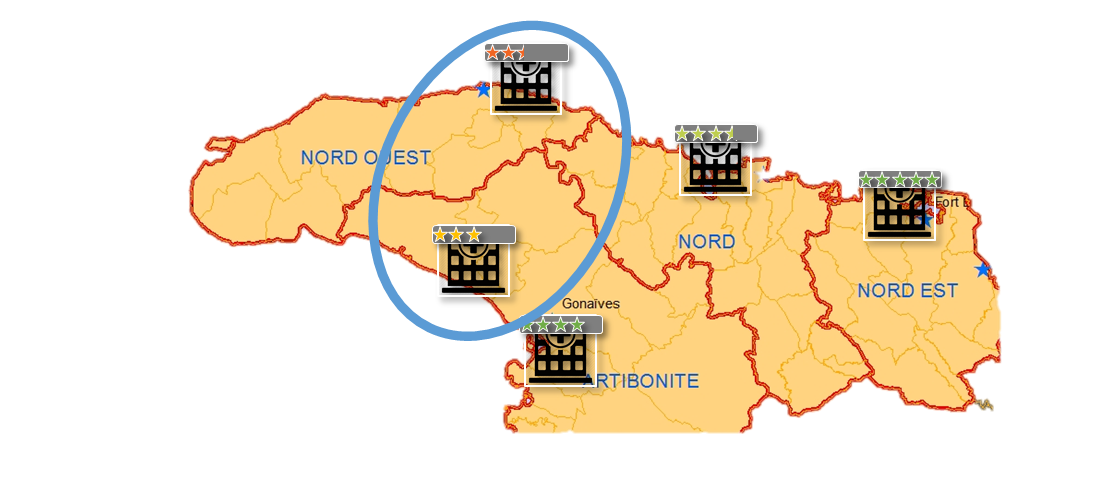Event Date
Written by Ben Eveslage, Technical Officer, LINKAGES
LINKAGES is working to increase key populations’ (KPs’) engagement and retention in the cascade of HIV services, thereby preventing new infections, increasing the quality of life for those living with HIV, and helping to meet UNAIDS 90-90-90 treatment targets. However, stigma and discrimination at health facilities are among the most significant and persistent factors[1] that limit KPs’ access to and use of HIV services.

Figure 1: Taking the SMS survey on a phone
[1] Stigma and discrimination of KPs at health facilities was listed as the top challenge to program performance across the cascade of HIV services, according to a survey of LINKAGES’ program managers in 19 countries in December 2016.
In 2016, LINKAGES developed a system for monitoring the quality of health services from the perspective of both KPs and health care workers. With the SMS Service Quality Monitoring System (SMS2), peer outreach workers send text messages to KPs who have attended health services, asking a few simple questions about their satisfaction with the care they received. Using this system, health care workers can also complete short SMS surveys quarterly to assess their own facility’s performance and their personal performance. See Figure 1 for an example of how the SMS survey is administered. LINKAGES field teams will use the resulting data, collected at the facility or regional level, to:
- Target and track the outcomes of efforts such as health care worker trainings to improve service delivery
- Initiate a feedback loop among clients, project staff/community based organizations, and providers to improve health services (because providers get real-time feedback from KPs on their performance)
- Continuously engage providers and patients/clients through SMS to encourage both high-quality service provision and positive health behaviors
The system is customizable and can be administered by community members, health care providers, and through messaging campaigns (opt-in method). By building on ongoing community activities, using simple phones that people already have, and employing an expandable SMS platform, this system can produce high volumes of regularly-collected data that can be used to improve programs quickly and track changes over time. See illustrative examples of data use maps and graphs in figures 2.

Figure 2: Potential use of SMS2 data – Create maps of health facilities with KP ratings to identify facilities that require quality improvement interventions (data in map are only illustrative)

Potential use of SMS2 data – Track average ratings of health facilities over time and assess outcomes of quality improvement interventions (data in graph are only illustrative)
LINKAGES will be piloting the SMS2 system in Lilongwe, Malawi beginning in March 2017 among peer outreach workers and KP members. SMS2 is scheduled for roll out in Burundi, Haiti (see Figure 4), Cote d’Ivoire, and a few other countries from March to May 2017, and the programs will continue to use the system throughout the year.

